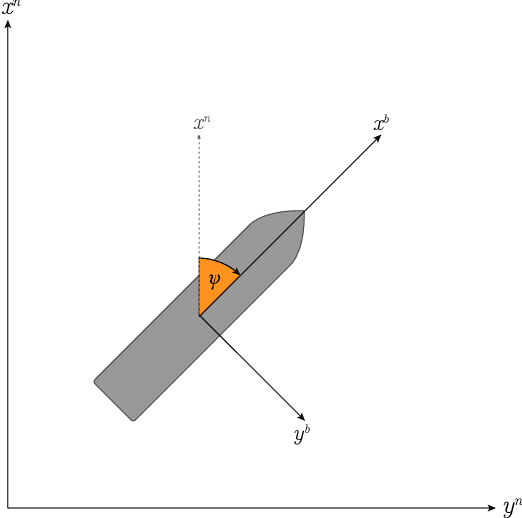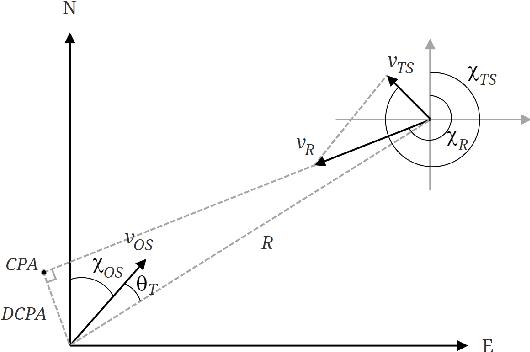Thomas Nakken Larsen
Variational Autoencoders for exteroceptive perception in reinforcement learning-based collision avoidance
Mar 31, 2024Abstract:Modern control systems are increasingly turning to machine learning algorithms to augment their performance and adaptability. Within this context, Deep Reinforcement Learning (DRL) has emerged as a promising control framework, particularly in the domain of marine transportation. Its potential for autonomous marine applications lies in its ability to seamlessly combine path-following and collision avoidance with an arbitrary number of obstacles. However, current DRL algorithms require disproportionally large computational resources to find near-optimal policies compared to the posed control problem when the searchable parameter space becomes large. To combat this, our work delves into the application of Variational AutoEncoders (VAEs) to acquire a generalized, low-dimensional latent encoding of a high-fidelity range-finding sensor, which serves as the exteroceptive input to a DRL agent. The agent's performance, encompassing path-following and collision avoidance, is systematically tested and evaluated within a stochastic simulation environment, presenting a comprehensive exploration of our proposed approach in maritime control systems.
Modular Control Architecture for Safe Marine Navigation: Reinforcement Learning and Predictive Safety Filters
Dec 04, 2023



Abstract:Many autonomous systems face safety challenges, requiring robust closed-loop control to handle physical limitations and safety constraints. Real-world systems, like autonomous ships, encounter nonlinear dynamics and environmental disturbances. Reinforcement learning is increasingly used to adapt to complex scenarios, but standard frameworks ensuring safety and stability are lacking. Predictive Safety Filters (PSF) offer a promising solution, ensuring constraint satisfaction in learning-based control without explicit constraint handling. This modular approach allows using arbitrary control policies, with the safety filter optimizing proposed actions to meet physical and safety constraints. We apply this approach to marine navigation, combining RL with PSF on a simulated Cybership II model. The RL agent is trained on path following and collision avpodance, while the PSF monitors and modifies control actions for safety. Results demonstrate the PSF's effectiveness in maintaining safety without hindering the RL agent's learning rate and performance, evaluated against a standard RL agent without PSF.
Risk-based implementation of COLREGs for autonomous surface vehicles using deep reinforcement learning
Nov 30, 2021



Abstract:Autonomous systems are becoming ubiquitous and gaining momentum within the marine sector. Since the electrification of transport is happening simultaneously, autonomous marine vessels can reduce environmental impact, lower costs, and increase efficiency. Although close monitoring is still required to ensure safety, the ultimate goal is full autonomy. One major milestone is to develop a control system that is versatile enough to handle any weather and encounter that is also robust and reliable. Additionally, the control system must adhere to the International Regulations for Preventing Collisions at Sea (COLREGs) for successful interaction with human sailors. Since the COLREGs were written for the human mind to interpret, they are written in ambiguous prose and therefore not machine-readable or verifiable. Due to these challenges and the wide variety of situations to be tackled, classical model-based approaches prove complicated to implement and computationally heavy. Within machine learning (ML), deep reinforcement learning (DRL) has shown great potential for a wide range of applications. The model-free and self-learning properties of DRL make it a promising candidate for autonomous vessels. In this work, a subset of the COLREGs is incorporated into a DRL-based path following and obstacle avoidance system using collision risk theory. The resulting autonomous agent dynamically interpolates between path following and COLREG-compliant collision avoidance in the training scenario, isolated encounter situations, and AIS-based simulations of real-world scenarios.
 Add to Chrome
Add to Chrome Add to Firefox
Add to Firefox Add to Edge
Add to Edge